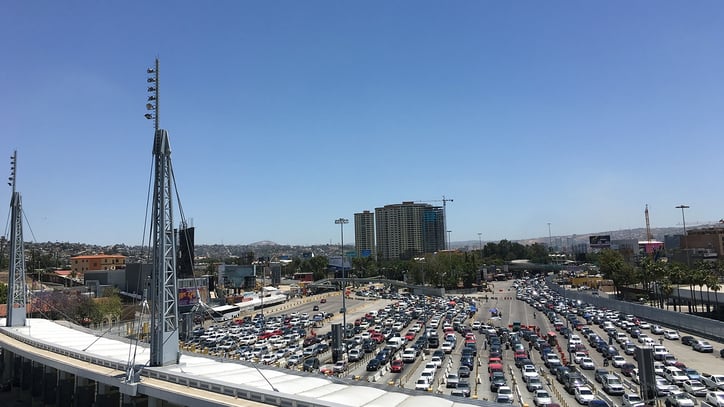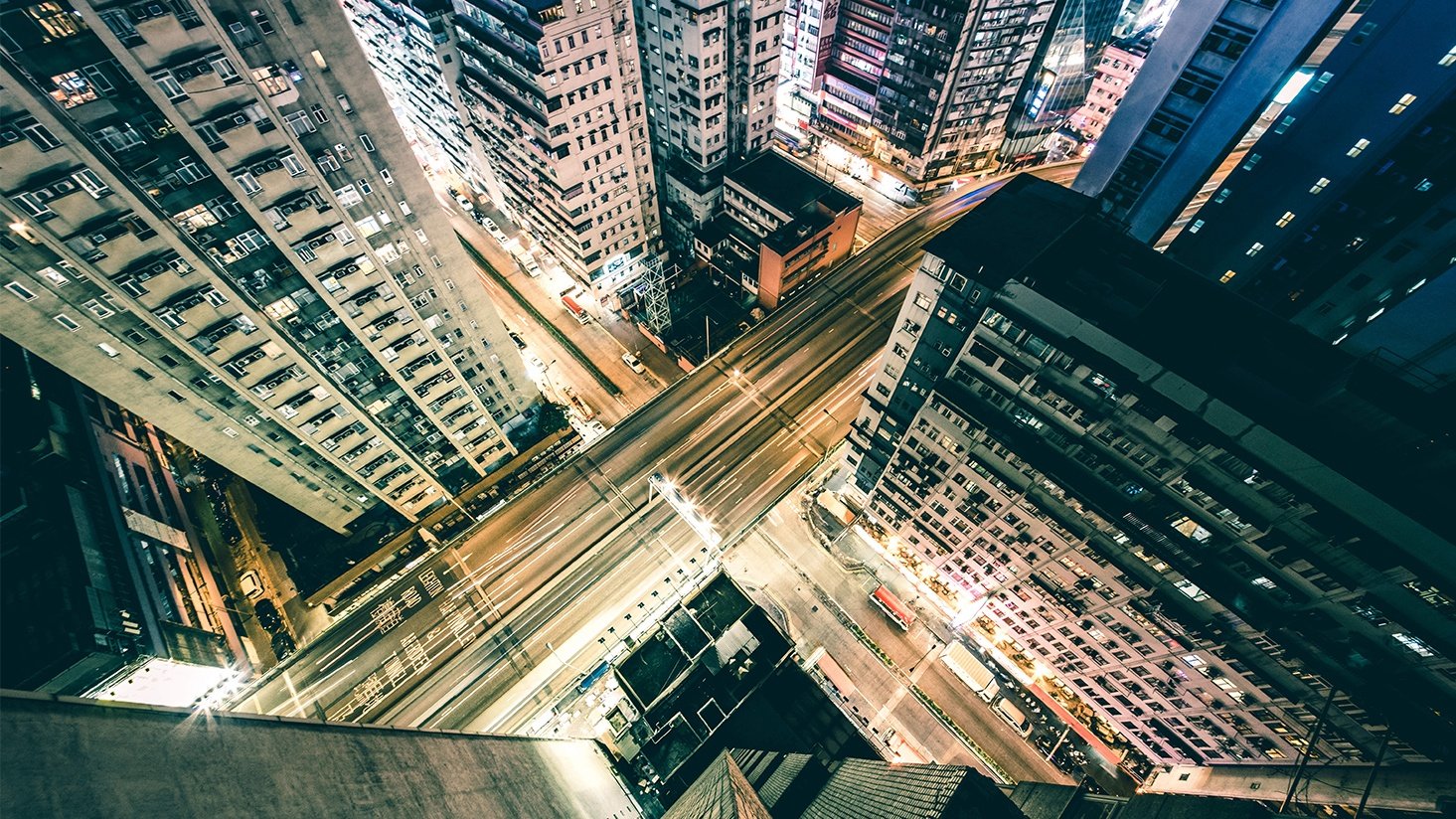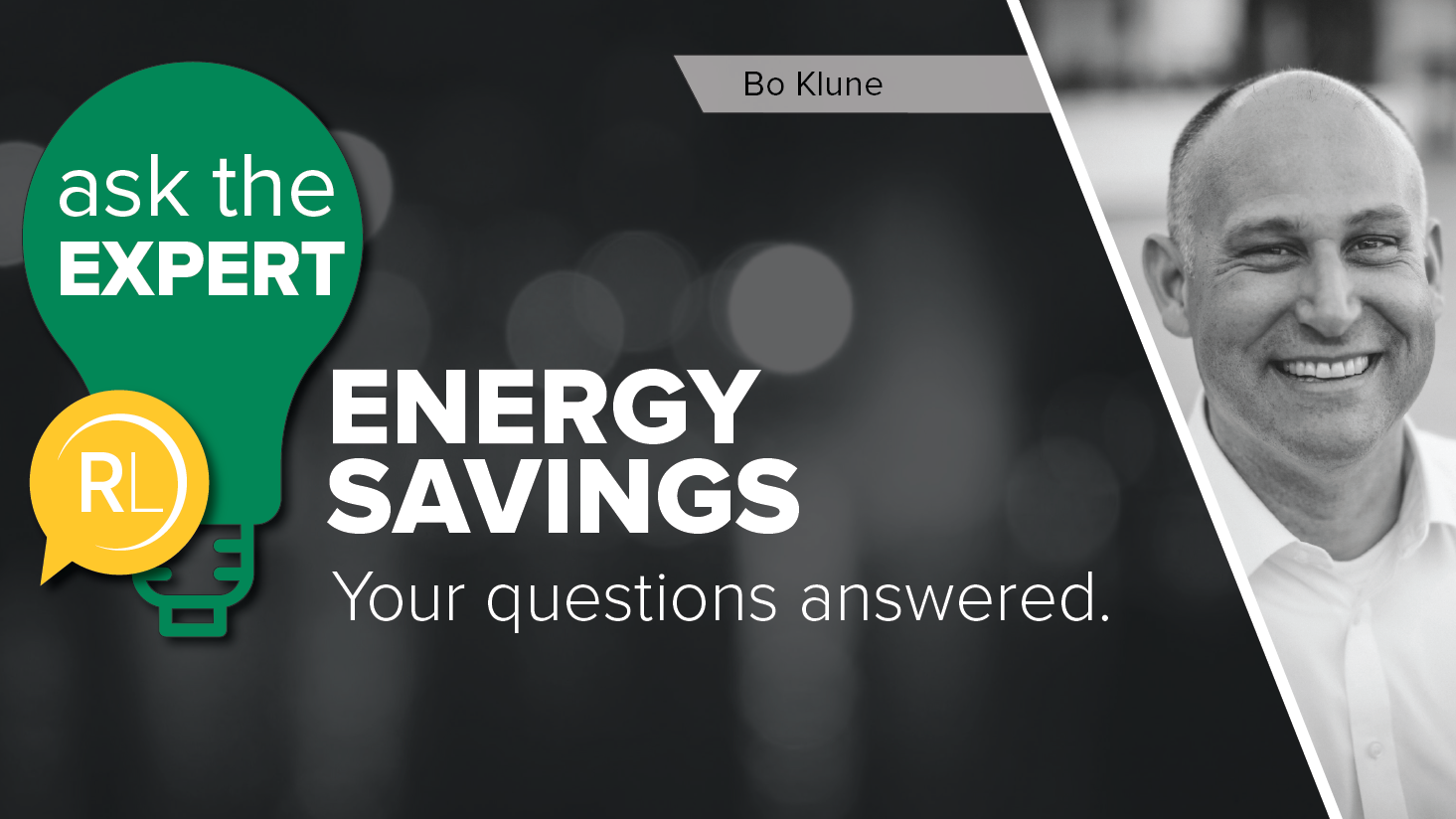Regency works with US government to better illuminate San Ysidro-Tijuana border

The busiest international port of entry in the world is 14 miles south of downtown San Diego, in San Ysidro, California. Every day, more than 20,000 people cross the U.S.-Mexico border through this port, which is open 24 hours a day, seven days a week, 365 days per year.
When it came time to upgrade lighting, the U.S. General Services Administration – which manages the San Ysidro property – was looking to accomplish a few primary objectives:
- Raise light levels for border agents and customs officials as they process visa paperwork, inspect vehicles, etc.
- Increase fixture life rating to limit challenging, costly maintenance atop 125-foot mastheads
- Advance toward goal of net-zero energy consumption at San Ysidro by reducing energy required by fixtures
We worked with the GSA to find a fixture that would address each of those objectives and helped to coordinate labor for the project. Ultimately, the port was able to cut wattage use in half, converting 2,000 W metal halides to 1,000 W LED fixtures which carried a higher lumen output and a greater life rating.
Considering the fixtures needed to be mounted 125 feet in the air on mastheads above 26 lanes of customs traffic, it was critical for the fixtures to last, and the specification the customer went with carried an L70 of 225,000 hours.
Read more about the project here.
Q&A with Scott Clark, San Diego lighting specialist
Regency's Scott Clark is the lighting specialist who worked on the San Ysidro project. We asked him a few questions about his general process for working with customers on projects like this one to help you consider all of the factors that will contribute to a successful retrofit project. Find our interview with Scott below.
What’s the first thing you do when you begin working on a new lighting project?
I always begin by asking questions. What’s the primary goal of the project? Is it strictly energy? More lumen output? Then, we can game plan from there, based on the answers to those questions.
With the San Ysidro project, we were looking for at least the same lumen output, or light levels, plus less energy usage and a longer life rating.
After drilling down and understanding the customer's objectives, how many lighting products do you typically present?
Typically, two or three products. For this project, we looked at two main ones. The customer brought a third to our attention that was discovered online, but after we vetted the manufacturer, we tried to steer them away from that, as we were worried about the warranty and performance of the product.
How long does it typically take to complete a project, from initial conversation to install?
Well, it varies, of course. For the San Ysidro project, it was about eight months start to finish. It always depends on how specific the customer needs are, and how specific the fixture or lamp is that they need. We've totally wrapped up large lamp-swap retrofits in three weeks, start to finish, when the customer just requires an in-stock lamp that we can plug into an existing fixture. Those are super turn-key.
Are there any best practices you can share with someone who is about to begin a retrofit project?
Well, the main thing is to identify the goals and the key players. Who really needs to be involved?
In San Ysidro, one big question was: "Who’s going to install this?"
For the labor piece, sometimes, we’ll bring in someone from our own network.
Also, you have to consider who will be purchasing the product. If you are otherwise ready to go, but then you have to begin to figure out a credit situation or something, that can really delay a project, if not kill it altogether.
Why are manufacturer partnerships so important to successful projects?
Well, we’re not specifying just anything. We work through strategic partnerships with the most reliable manufacturers, and we typically use products we’re familiar with and have tested.
As a manufacturer-agnostic distributor, we act as an advocate on behalf of the customer, not vice-versa. We of course have no interest in bringing an unreliable manufacturer or product into a customer's project. We're looking for long-term relationships with our customers, and with solid, reputable manufacturers. In this project, we worked with Southern California Illumination to source the optimum product from Ephesus.
What are the most common road blocks that our customers face in LED retrofit projects?
Compatibility is a big one. There are ballast compatibility issues in plug and play retrofits, and then there can be controls compatibility issues in dimming scenarios.
There are also often socket compatibility considerations.
In San Ysidro, some mounting questions came up, and I was able to engage the manufacturer to get expertise and make sure we understood the exact weight of the fixture, where that load was carried, and how it might hold up under certain weather conditions, like high winds.











